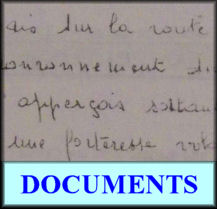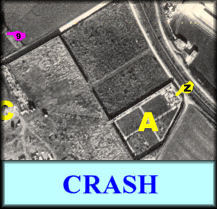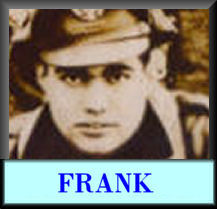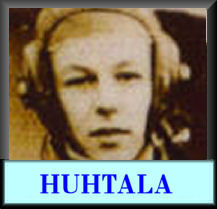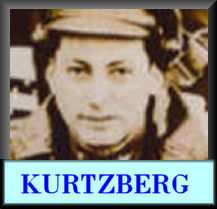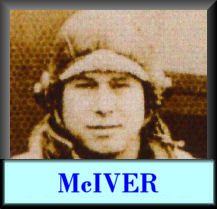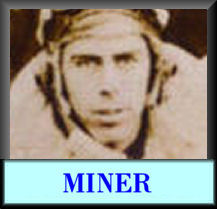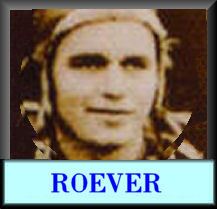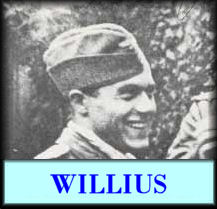B17 BOMBER CRASHES OVER PISSELEUX (FEB 6,1944)
Sunday February 6, a gray morning.
The clouds are low, the air is damp. Towards 10:30 the town of Pisseleux and Villers-Cotterets are about to live through the catastrophe of the explosion and crash of the fortress. The B17 Bomber belonged to the 96th Bomb Group and was on its way back from a mission.
It was then that the German fighters launched an attack on the squadron tail, flying low. Their machine gun attack was sudden; One fighter attempted a spin (tail dive) but collided with the B17. The left wing and second engine of the fortress were hit, setting fire to the wing-tank.
Losing height rapidly, the B17 emerged from the low cloud, flew along parallel with the railroad line, then dropped its undetonated bombs, before exploding over Pisseleux bridge.
All this happened so fast that the airmen had no time to reach their parachutes. Debris fell into Presbytere Street in Pisseleux and as far into the forest as Pre Gueux forest lodge: most of the fuselage fell over what was once the RAMBACH farm, now the Oree Du Bois development.
Nine bodies were later found in different parts of the village; in trees, on roof tops, in gardens, on the plain...
They were assembled in the school nursery, now the Brogly Room.
First buried in Pisseleux Cemetery, six bodies were subsequently transferred to the Dinoze American Military Cemetery, near Epinal. The three others were repatriated to America, upon request of their families.
But out of this disaster, there was one miracle: the crew’s tenth airman finished his fall on a pile of sawdust behind the DEQUECKER woodsheds. Two local inhabitants then came to his rescue; Messrs Dede DUPUIS and Jacques RUDEAUX.
However, the miraculous survivor was rapidly taken by the German army to a Paris hospital for treatment, and was subsequently transferred to different prisoners of war camps in Germany. |





